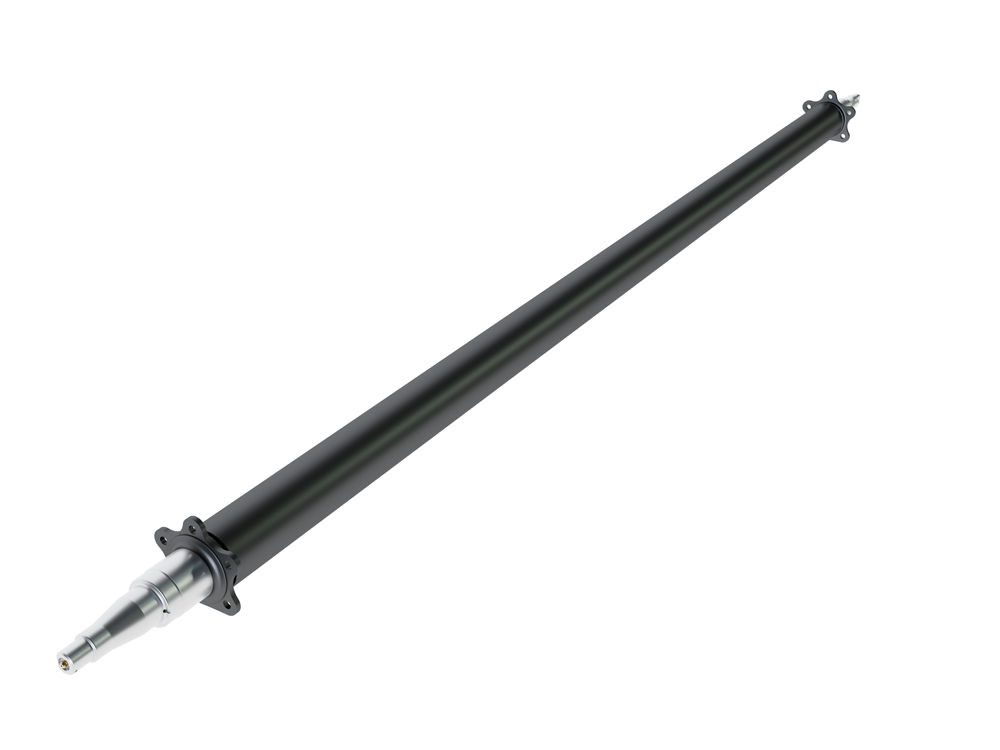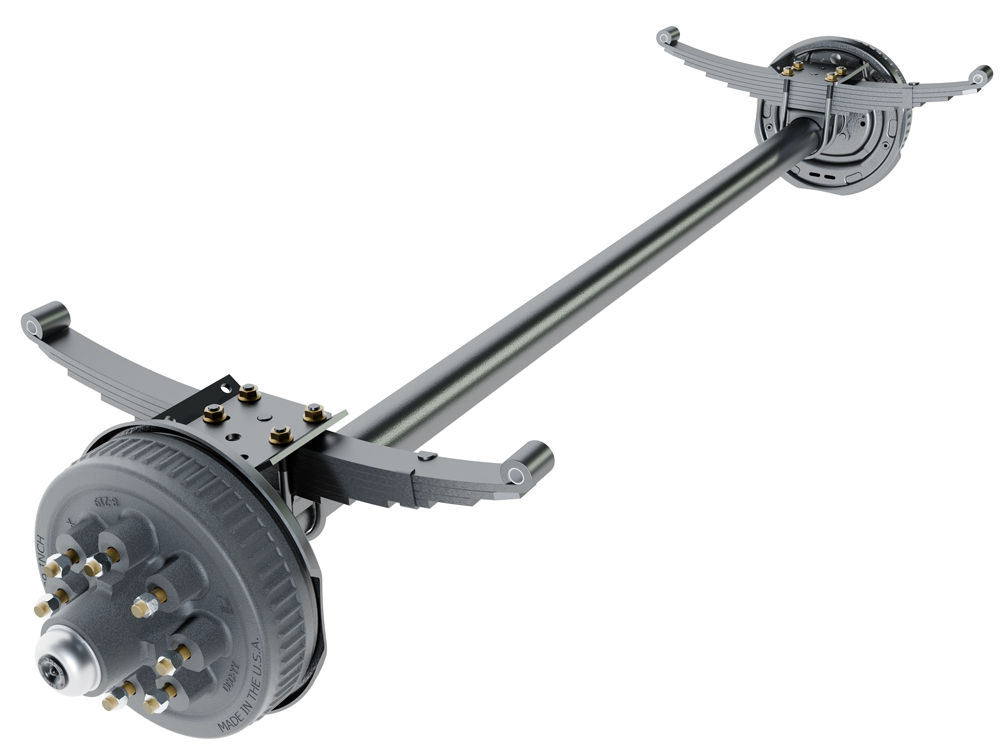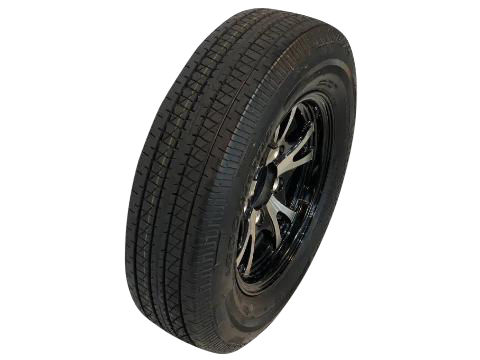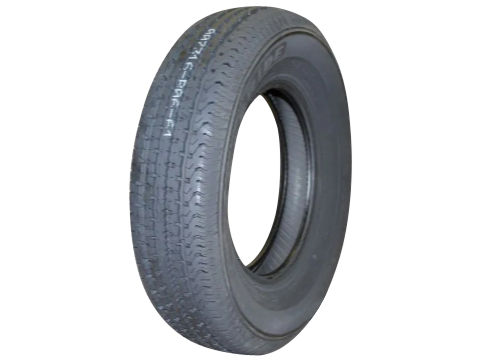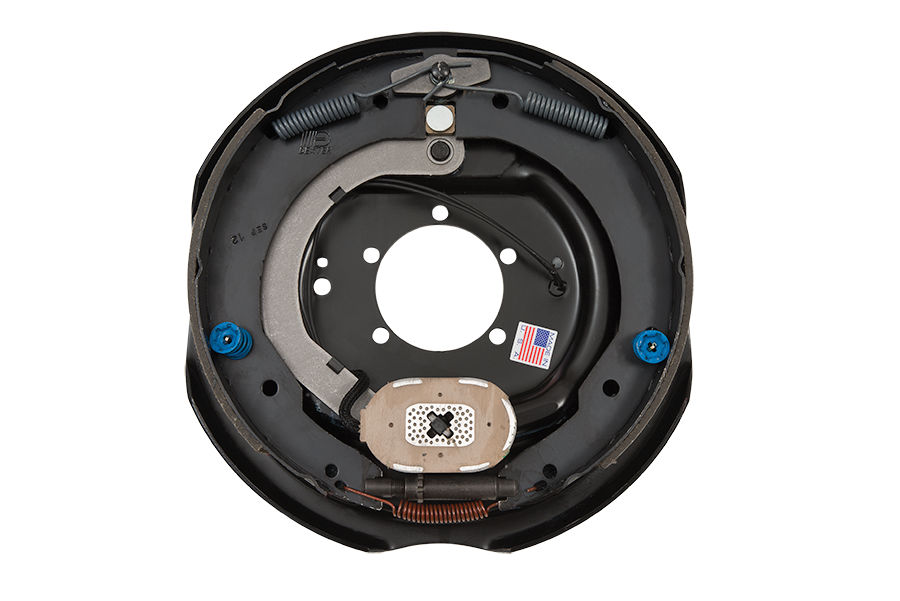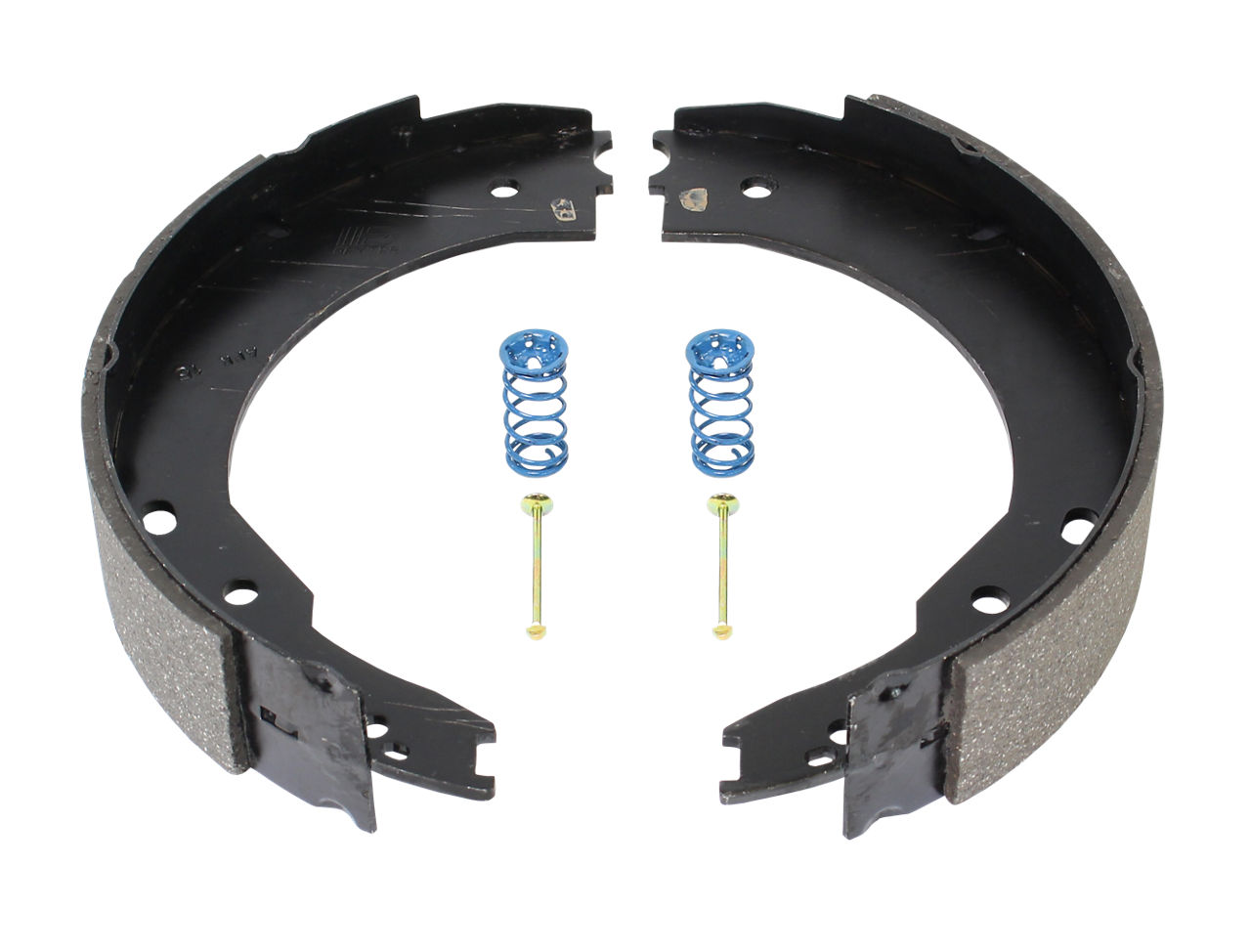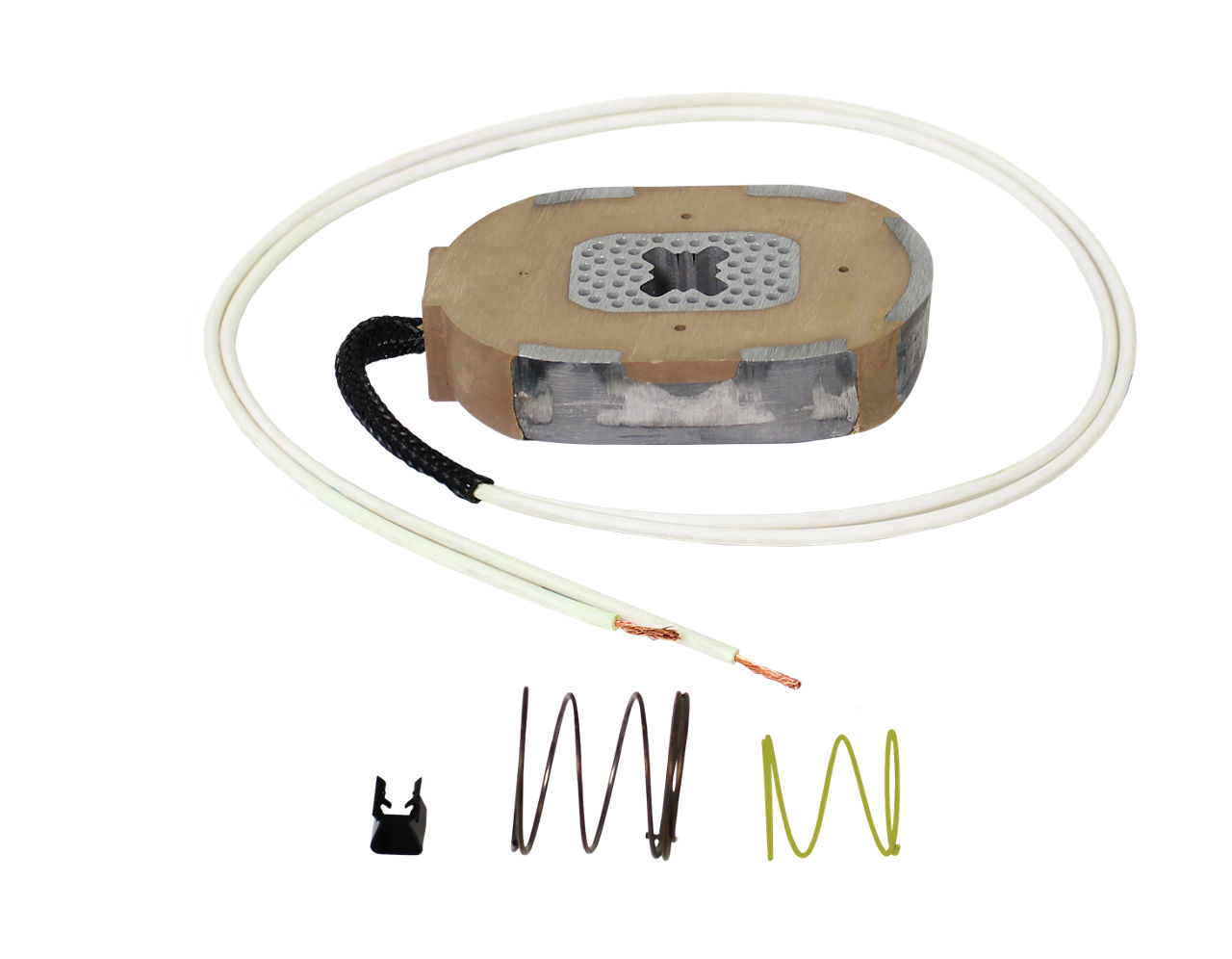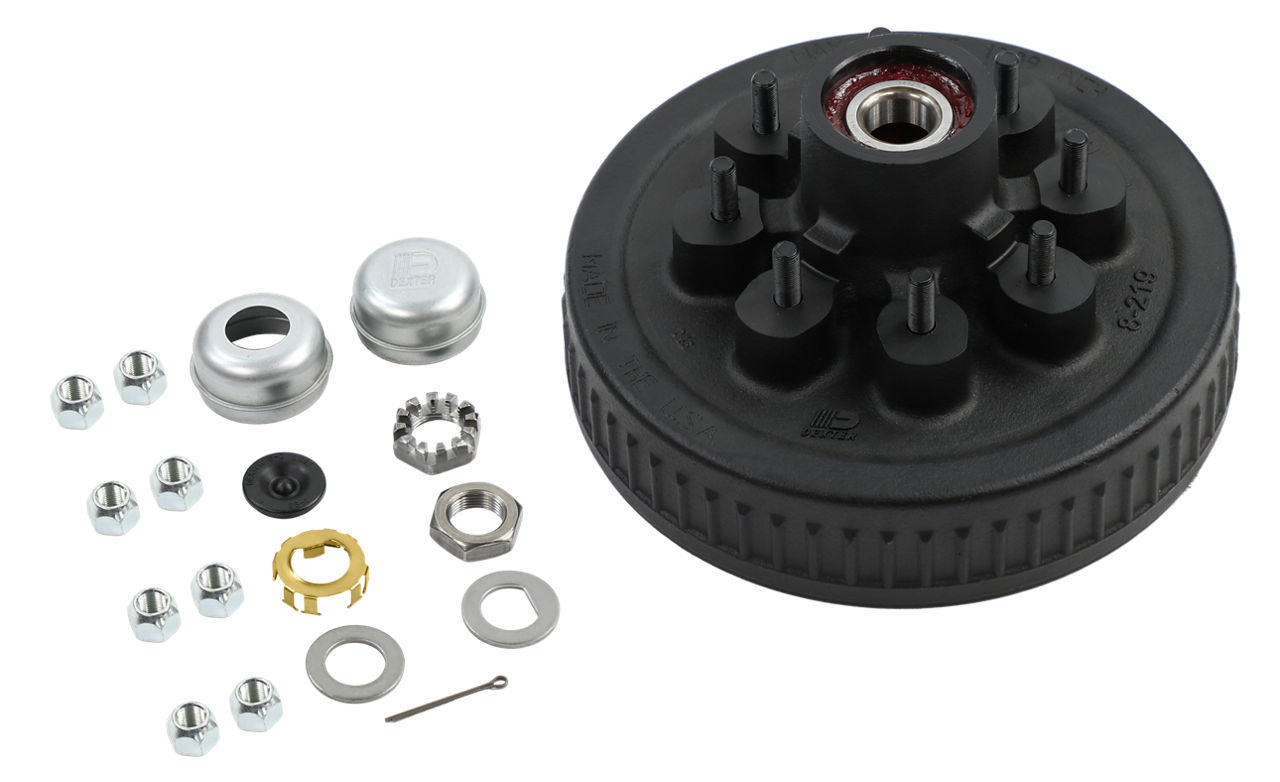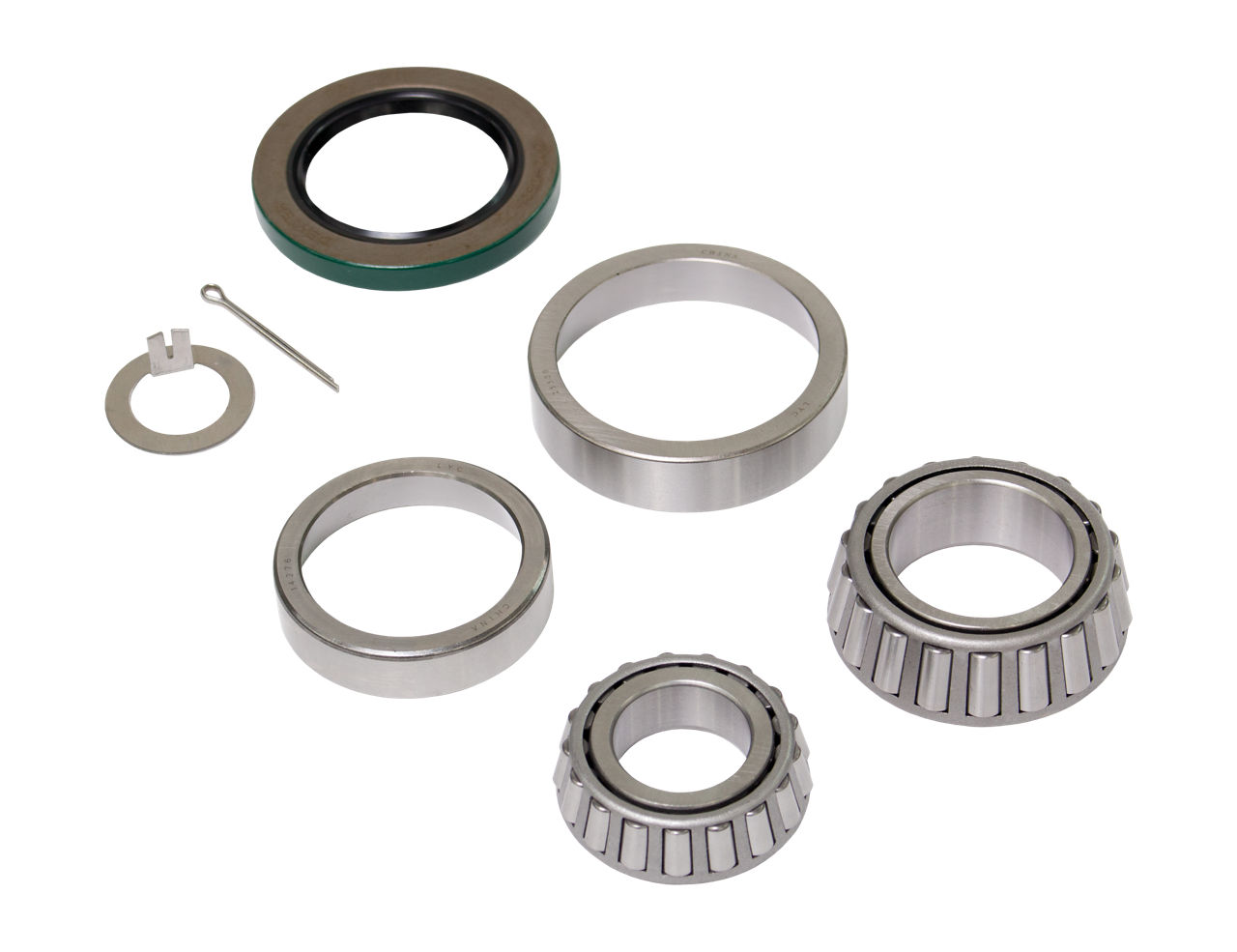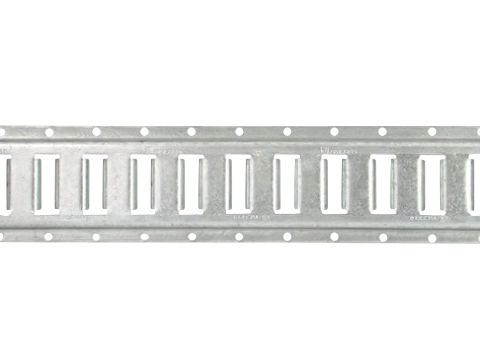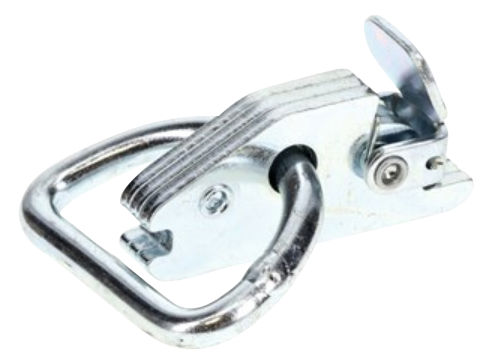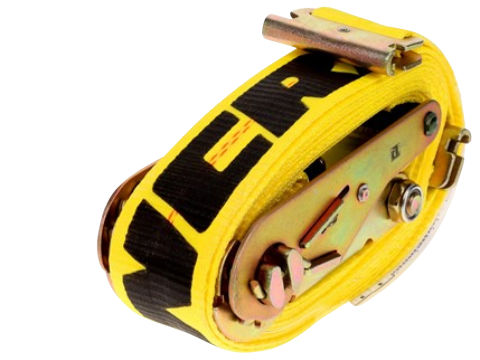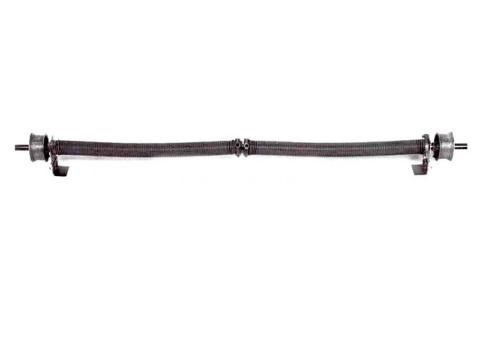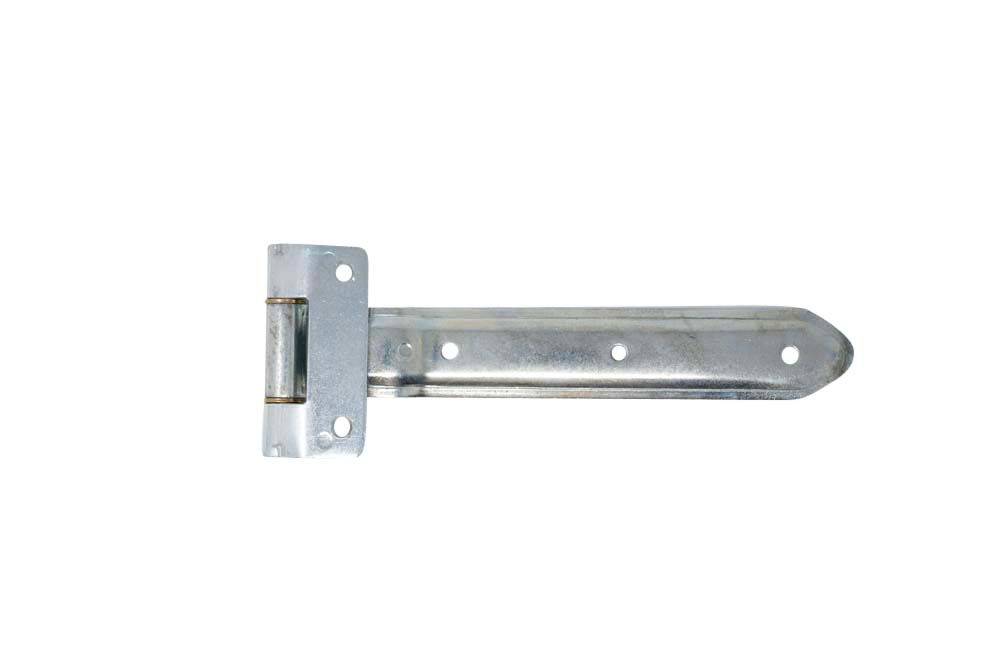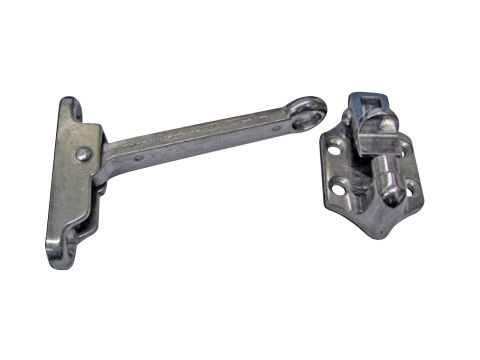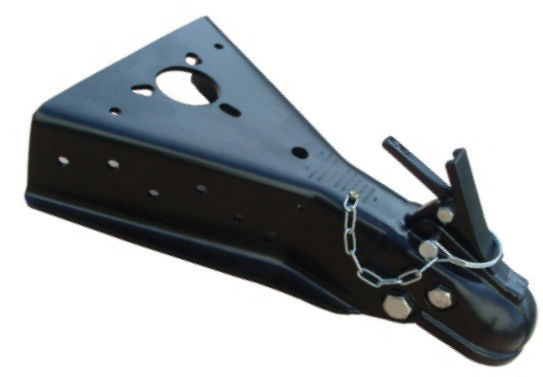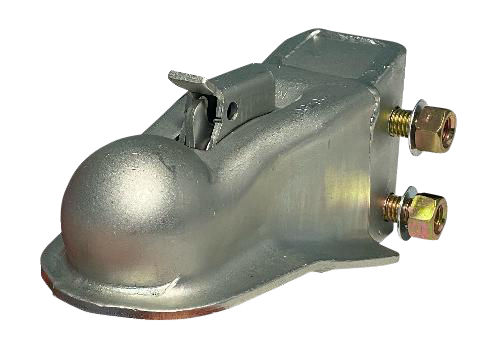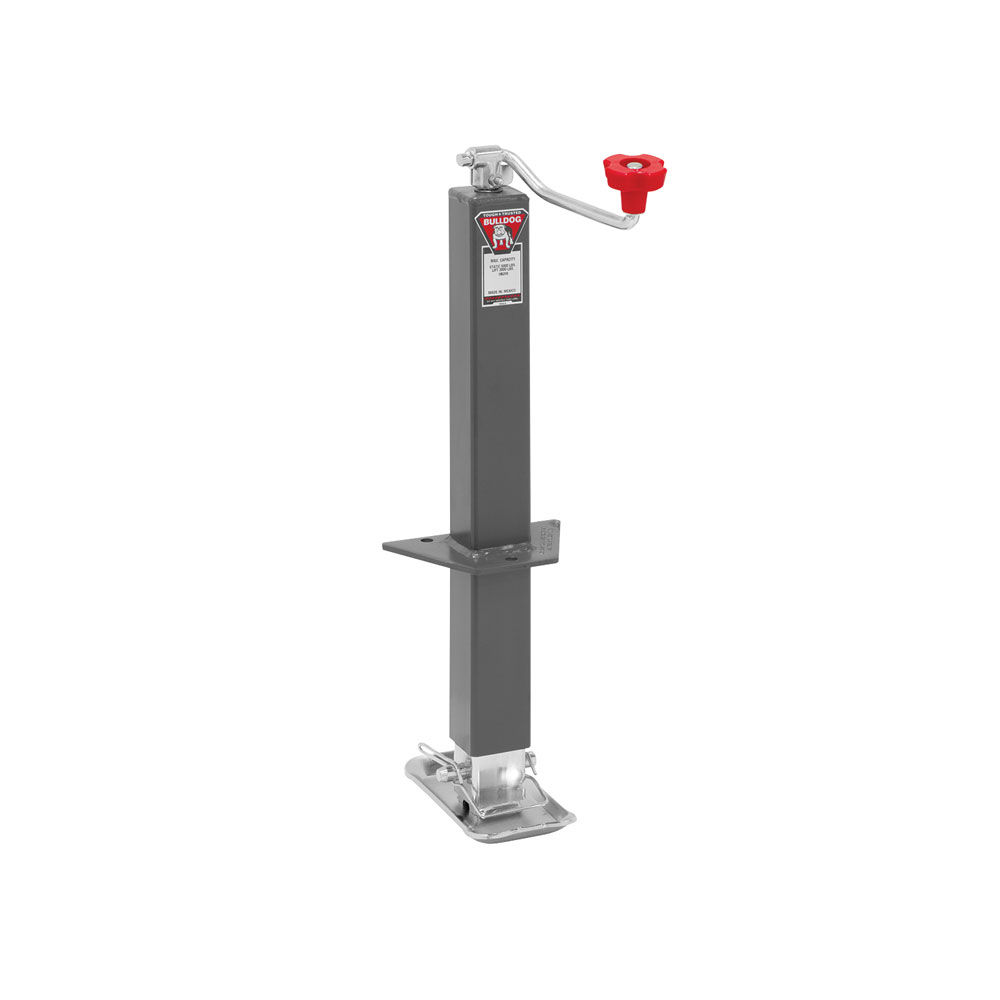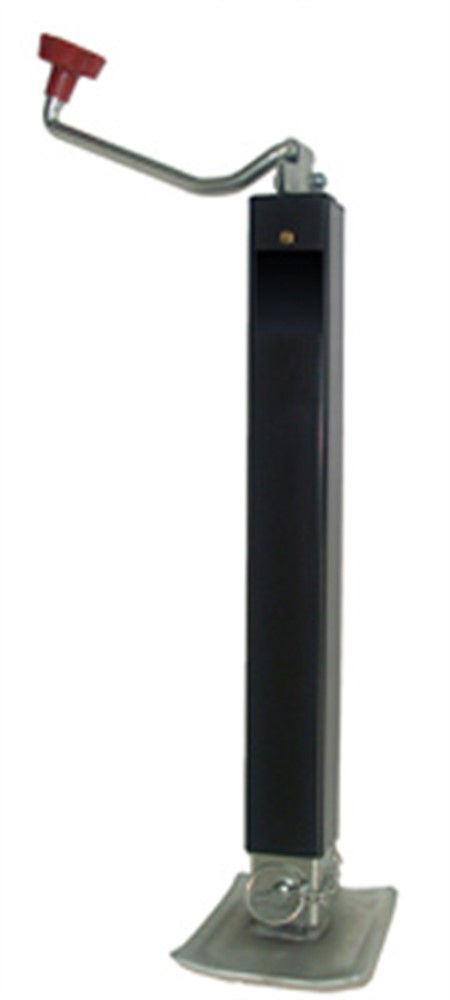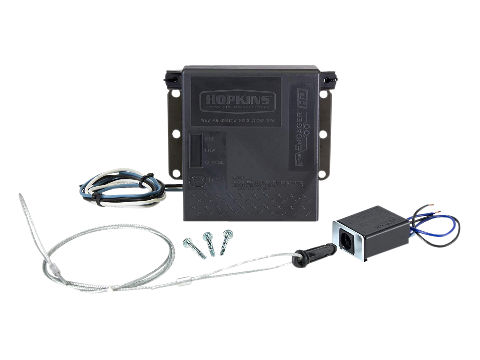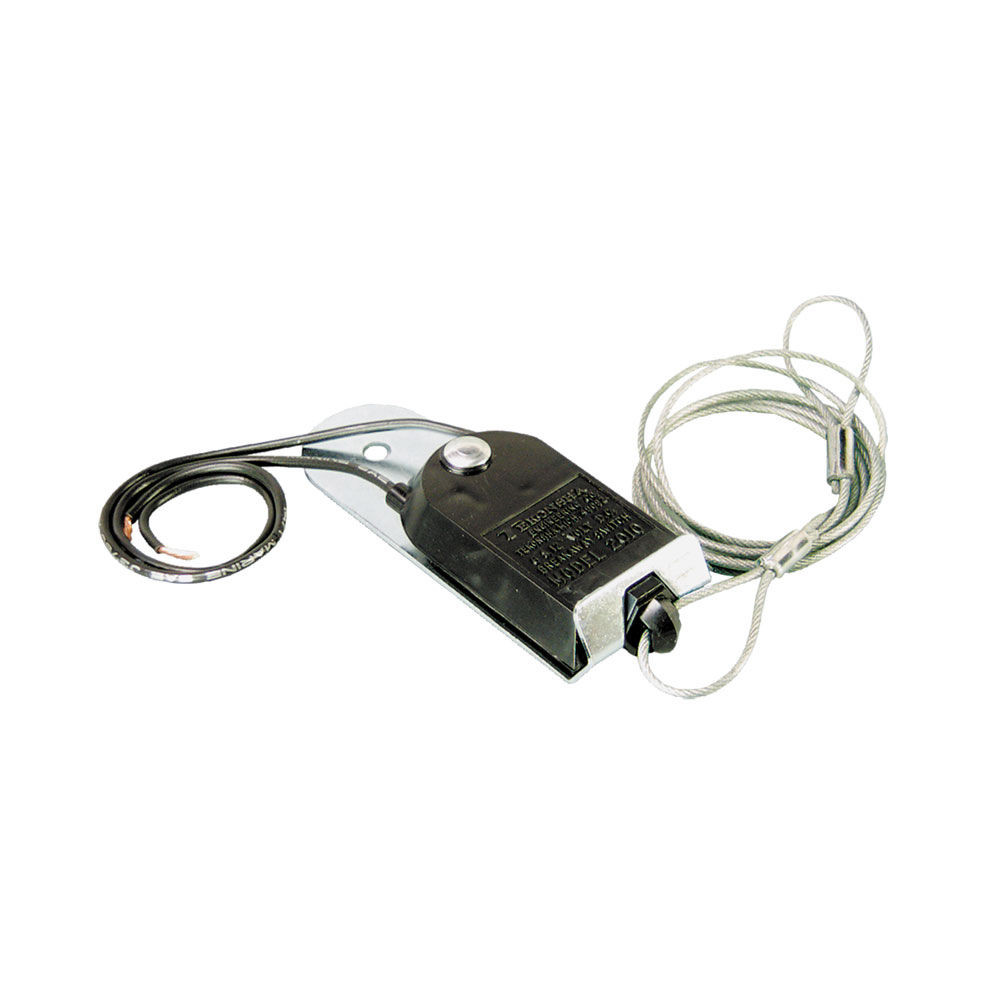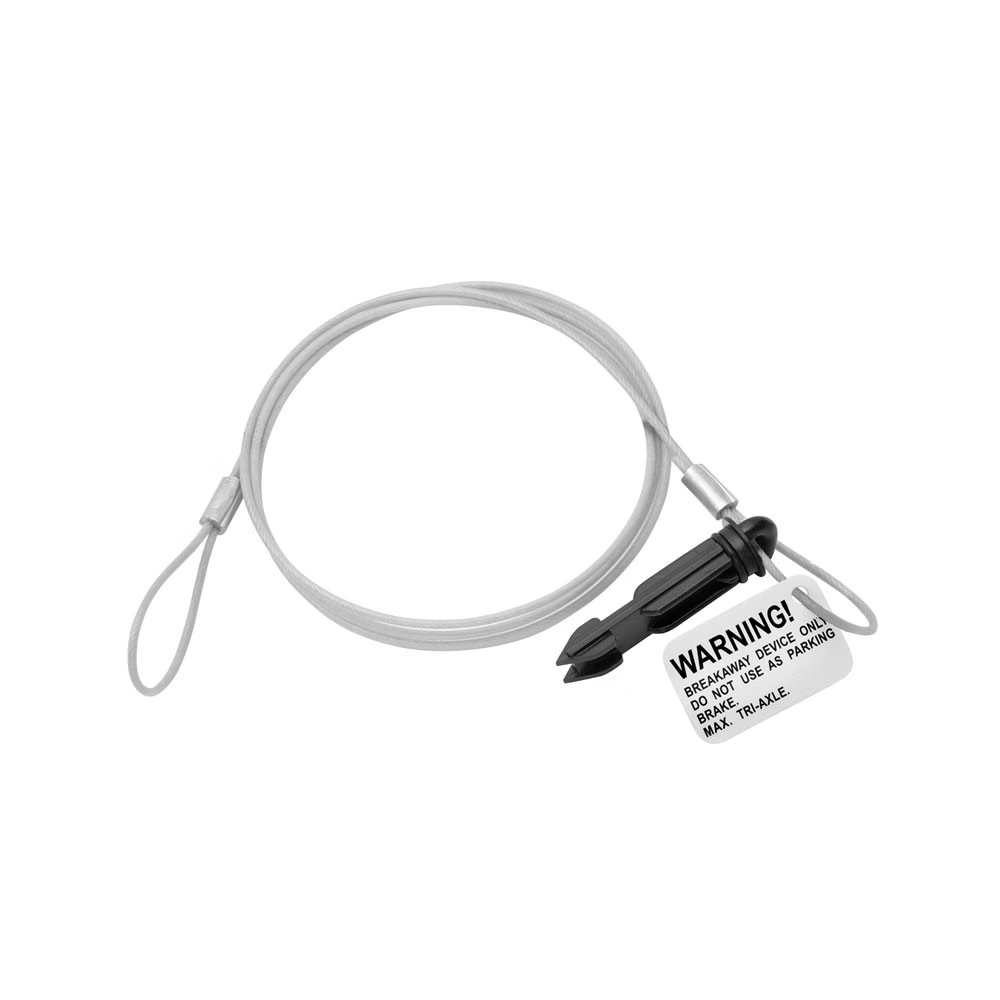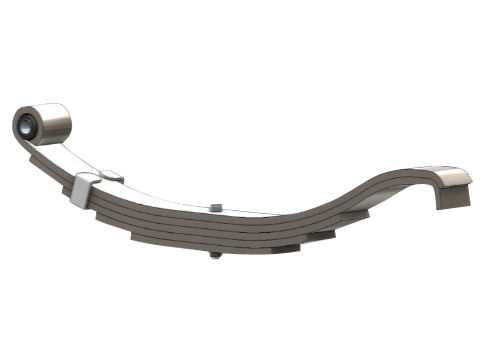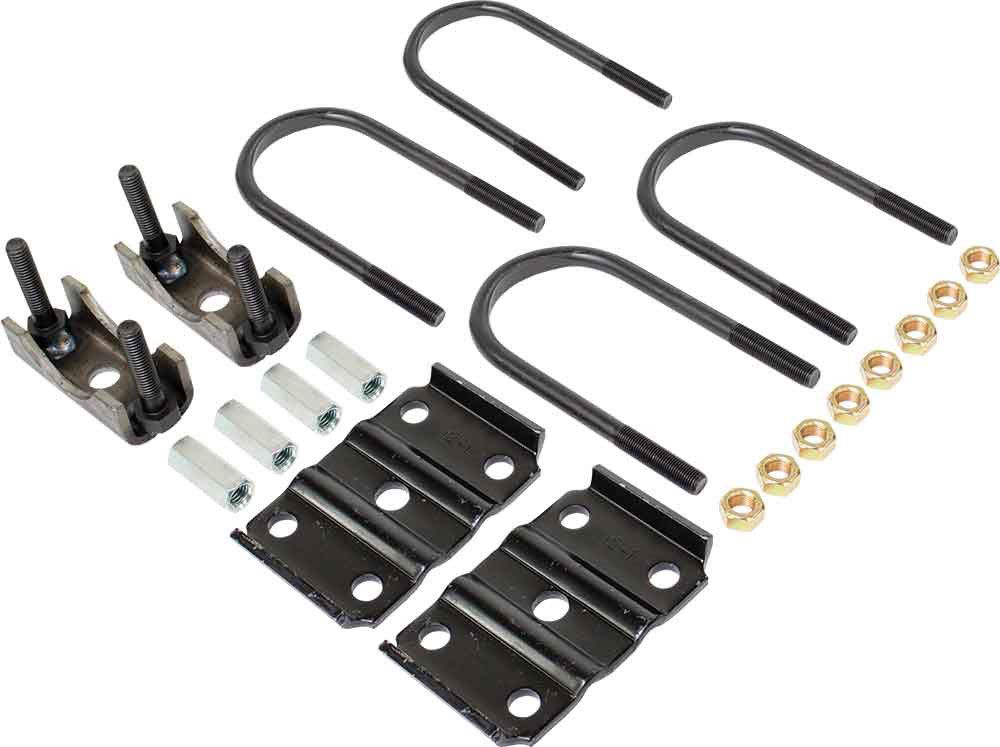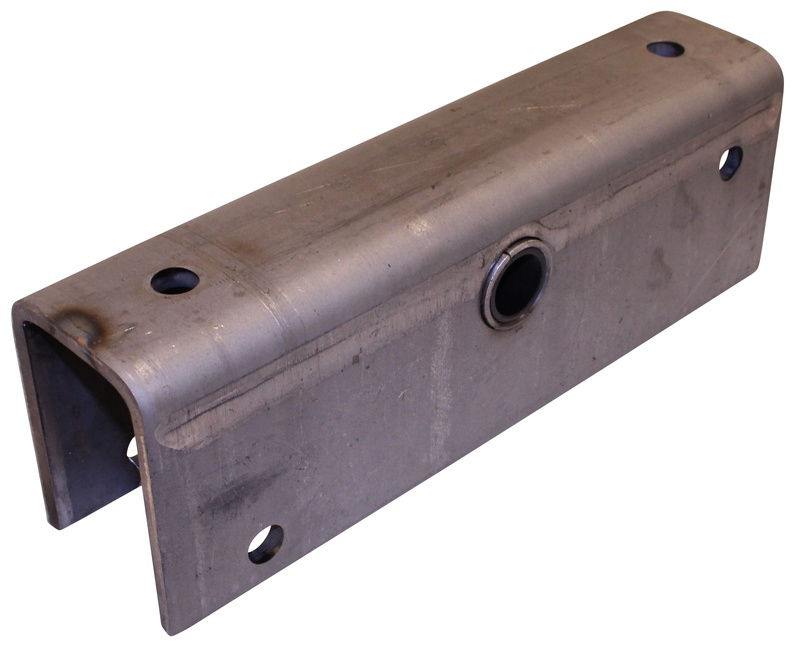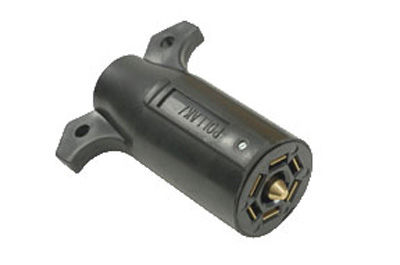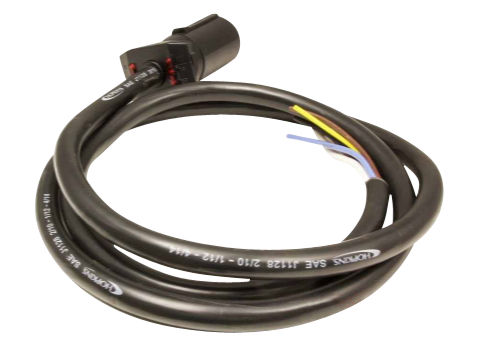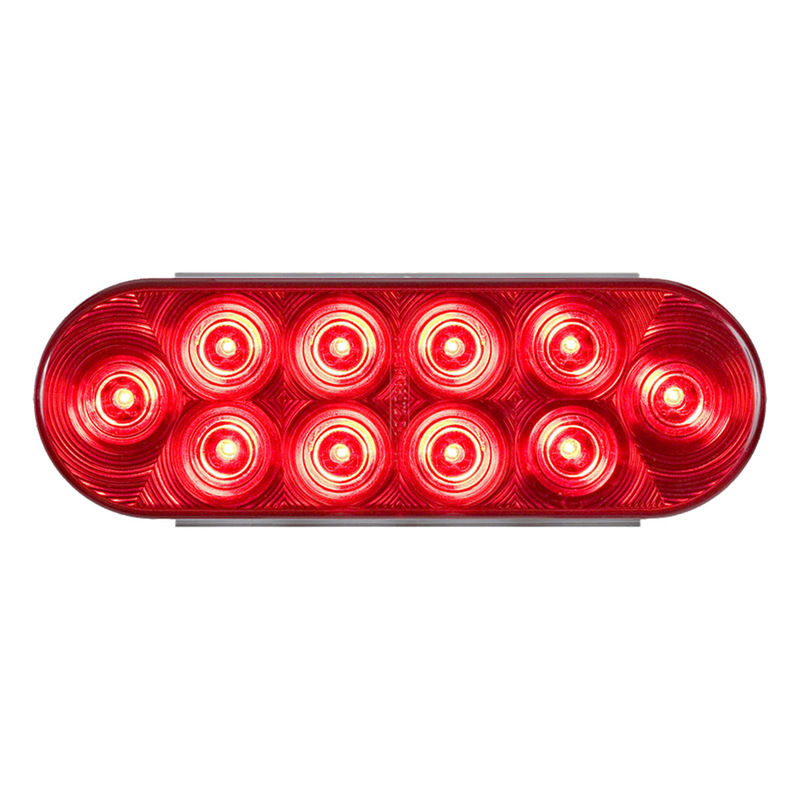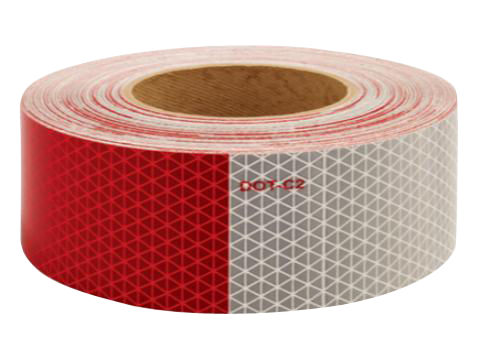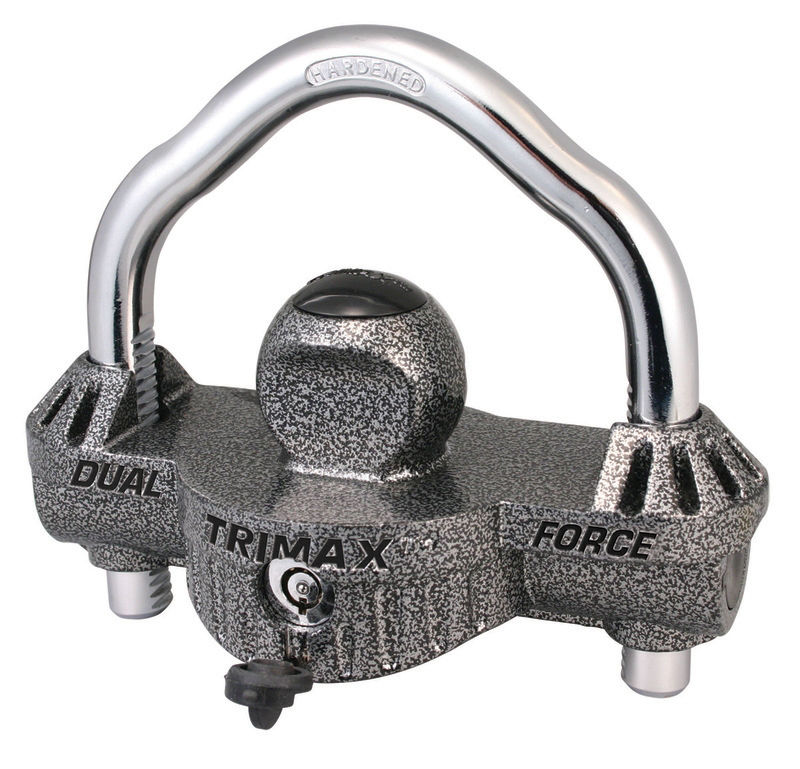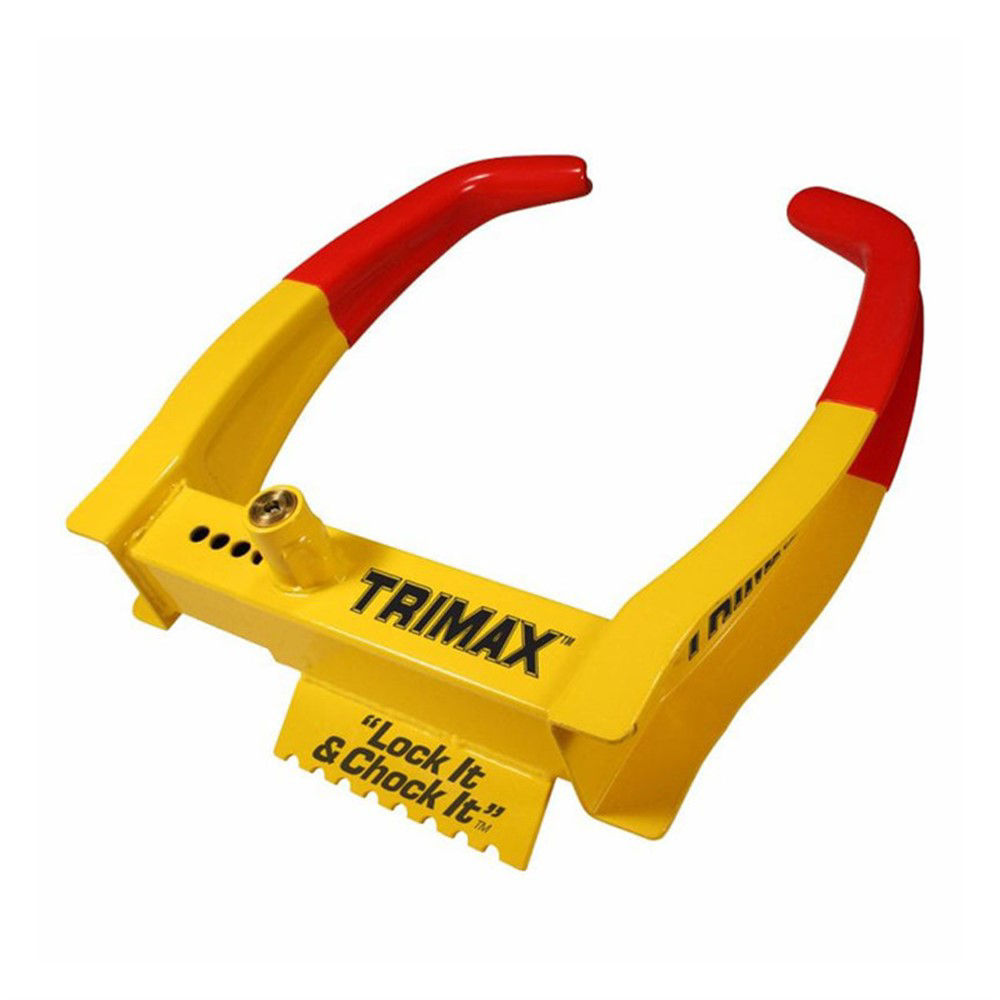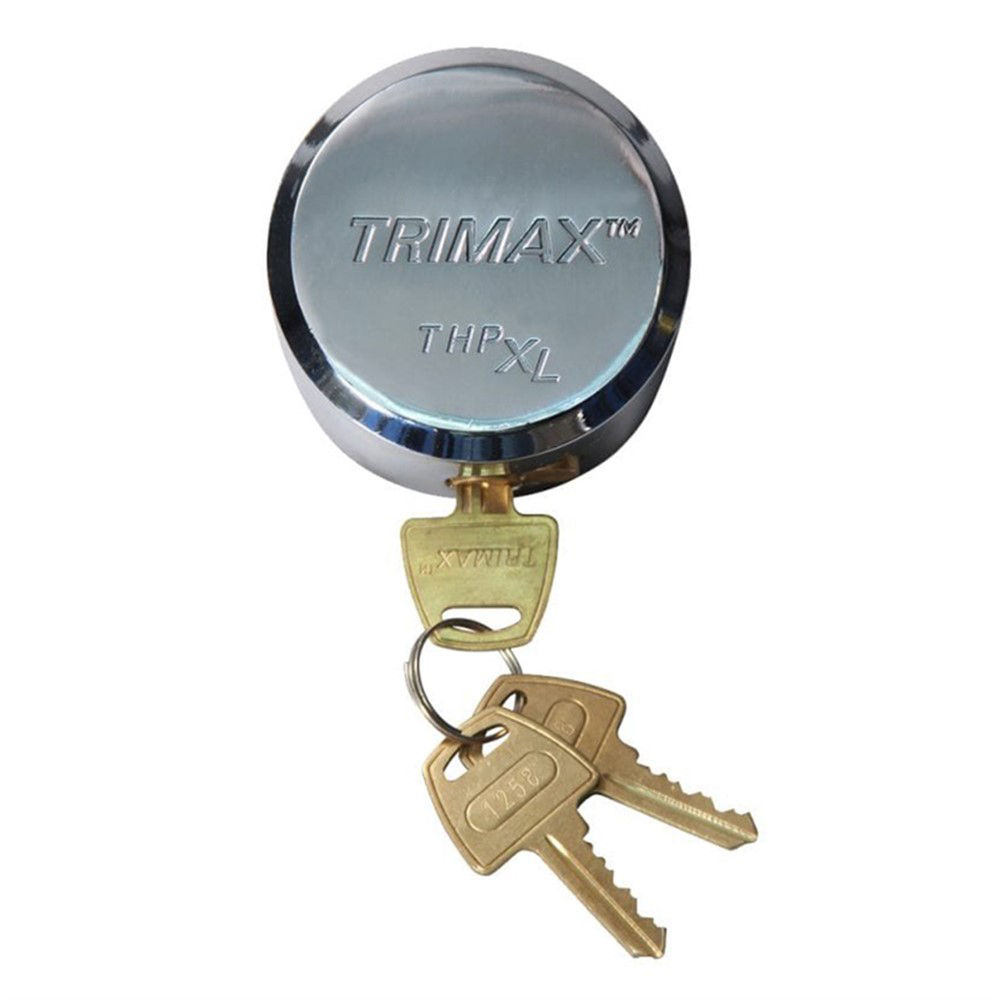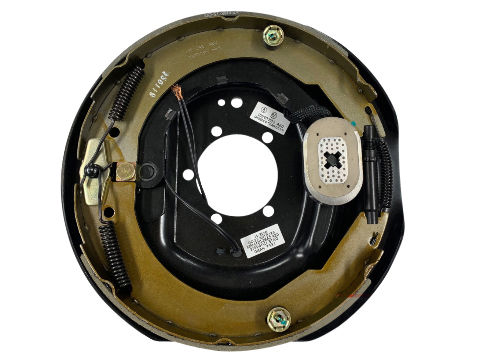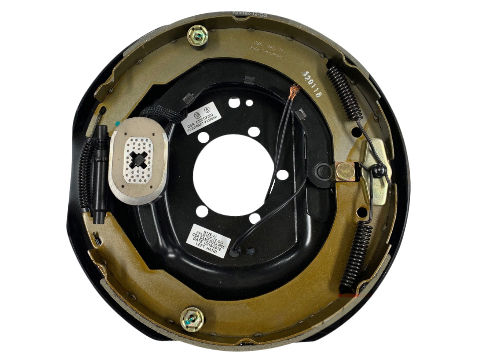Dexko Global
ENCLOSED Trailers
Parts, Kits & Accessories for Enclosed Trailers
Keep your enclosed trailer ready for the road with quality parts. From axles and hubs to springs, tires, and brakes, we have everything you need to tow safely and confidently.
Fast shipping
OEM-trusted brands
Tech resources
Shop Popular Categories
Axle Assemblies
Enclosed Trailer Doors
Dexter Door Form
Tires & Wheels
Enclosed Trailer Brake Assemblies
Enclosed Trailer Axle Components
Enclosed Trailer Cargo Control
Enclosed Trailer Body Components
Enclosed Trailer Chain & Hardware
Enclosed Trailer Couplers
Enclosed Trailer Jacks
Enclosed Trailer Breakaway
Enclosed Trailer Suspension
Enclosed Trailer Electrical
Enclosed Trailer Lighting
Enclosed Trailer Locks
Enclosed Trailer — Overview
Since 1960, Dexter has produced over 60 million axles and is the leader in high-quality utility trailer parts. We offer trailer axles to fit all applications, in single, tandem, or triple configurations. Axles are made to order and are designed, tested, and proven to last longer than competitors.
Common Applications
Cargo Transport — Protect valuable goods from weather, debris, and theft during transport.
Mobile Workshop — Set up a secure, organized space for tools, equipment, and on-site jobs.
Automotive Hauling — Safely move cars, motorcycles, ATVs, and other vehicles with full coverage.
Construction & Contracting — Store and transport heavy-duty tools, materials, and supplies efficiently.
Spec & Setup Tips
Choose torsion or leaf-spring axles to match ride and load.
Select galvanized, zinc-plated, or powder-coated finishes for corrosion resistance.
Match surge actuator with hydraulic drum or disc brakes.
How to Measure Your Axle
The most common industry measurement is Hub Face, which is the measurement from the wheel mounting surface on one hub to the wheel mounting surface of the opposite hub.
Spring centers are the centerline measurement of the spring mounting pads on the axle.
Lighting & Wiring
Use sealed, submersible LED lamps and protect runs with loom.
Verify grounds — most lighting issues start there.
Add conspicuity/marker lighting for visibility.
Enclosed Trailer FAQs
Need Assistance? Reach out to us:
Call Us:
- Swift Current: 855-778-7302
- Longueuil: 866-767-4867
- Brantford: 833-753-0013
- Milton: 877-876-3344
Email: canada@dextergroup.com

